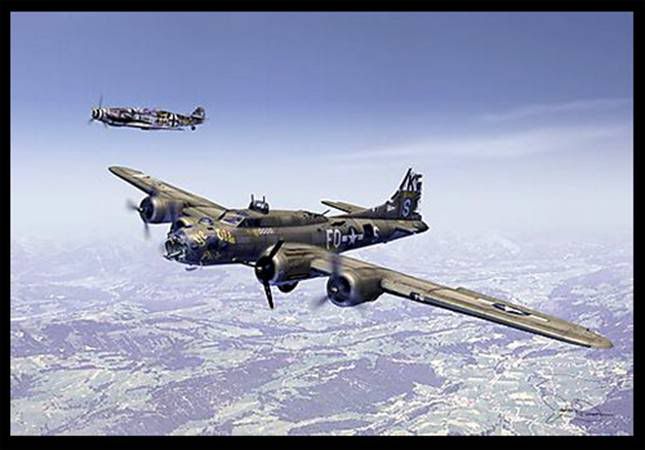Cricket arcana explained

It's tiny. The prize that every Australian and English cricketer fantasises about looks rather pathetic sitting in its big glass cabinet, dwarfed by an exhibition about Brian Lara. The Ashes urn is perhaps the most feeble thing in the Lord's Cricket Museum but it's what a sizeable majority of visitors come to see. And if the titchiness comes as a surprise, then the story behind it is a bigger one.
Keith, our tour guide, is trying to explain to the Aussie contingent why the Australian cricket team isn't allowed to keep the trophy it won fair and square in 2007. The response is fairly simple. "It's because Australia and England have never played for the Ashes urn," he says. "It has never been a trophy." It's not really an urn either it's a terracotta perfume jar and its route to becoming cricket's most iconic symbol is a fascinating one.
The Ashes series derives from the England cricket team's first defeat on home soil back in 1882. The Sporting Times published an obituary for English cricket at a time when parliament was debating whether to legalise cremation. The "ashes" of English cricket came from an attempt to be waggishly topical.
The joke was continued by Ivo Bligh, the England captain, in 1883, who said he was going to bring the Ashes back. On the voyage to Oz, he met his future wife, Florence Morphy, who just so happened to be the music teacher to Sir William Clarke's children. Sir William was the president of the Melbourne Cricket Club.
After England won the series, they played a social match at Sir William's home in Sunbury, Victoria. Before everyone swanned off for drinks, Florence Morphy took the stumps, burned one of the bails and put it in the most convenient vessel she could find. The perfume jar was given to Bligh as a gift the famous Ashes "trophy" was actually a jokey romantic present. And, more interestingly, it's actually Australian after all. Bligh bequeathed the urn to the Marylebone Cricket Club (MCC) upon his death, which is another reason it can't be used as a trophy it's not the England and Wales Cricket Board's to give.
The MCC owns Lord's, which is almost universally known as "the home of cricket". Ordinarily, the pavilion is a strictly members-only affair but we're allowed to step into the hallowed Long Room and the players' changing rooms. We're also given a few interesting insights. The players have to battle through the huddle of members in the Long Room on their way to and from the crease. To get to the crease in three minutes, as the laws of the game demand, is not as easy as you might think.
It was two minutes until after the 2005 Ashes series, when Australian batsman Jason Gillespie took two-and-a-half. The umpires offered England captain Michael Vaughan the opportunity to appeal for "timed out" but he declined, knowing what a pain getting out there can be. Conveniently, the MCC is still in charge of the laws of cricket, so the committee decided to change the timed-out rule.
The dressing rooms are surprisingly plain. The players have nowhere to store their bags, have to walk across the corridor to get a shower and only three or four can comfortably sit on the small balcony at any one time.
It's the biggest cricket ground in England, with a capacity of 30,000, but the MCC is determined to keep it as a traditional ground rather than a stadium. There are no floodlights either although that's more because the neighbours object. It's in a residential area and planning permission has been refused. Yet sometimes a controversial new extension can become a treasure and the remarkable media centre is an unexpected highlight of the tour.
It's a unique piece of architecture best described as an extra-terrestrial egg with no interior supports. Going inside, it's not difficult to imagine what chaos it can be on match days, with hundreds of writers and commentators all shouting over each other.
But it's the ancient, rather than the modern, that draws people to Lord's. To the aficionado, 18th-century bats, scorecards from the 1930s, players' shirts and even sparrows killed by cricket balls are little slices of heaven. And then there's that little terracotta perfume jar, which may not be an official trophy but is a priceless prize.
http://www.smh.com.au/travel/lords-and-laddies-20090625-cxv2.html












 Eugenio Pacelli, a righteous Gentile, a true man of God and a brilliant Pope
Eugenio Pacelli, a righteous Gentile, a true man of God and a brilliant Pope